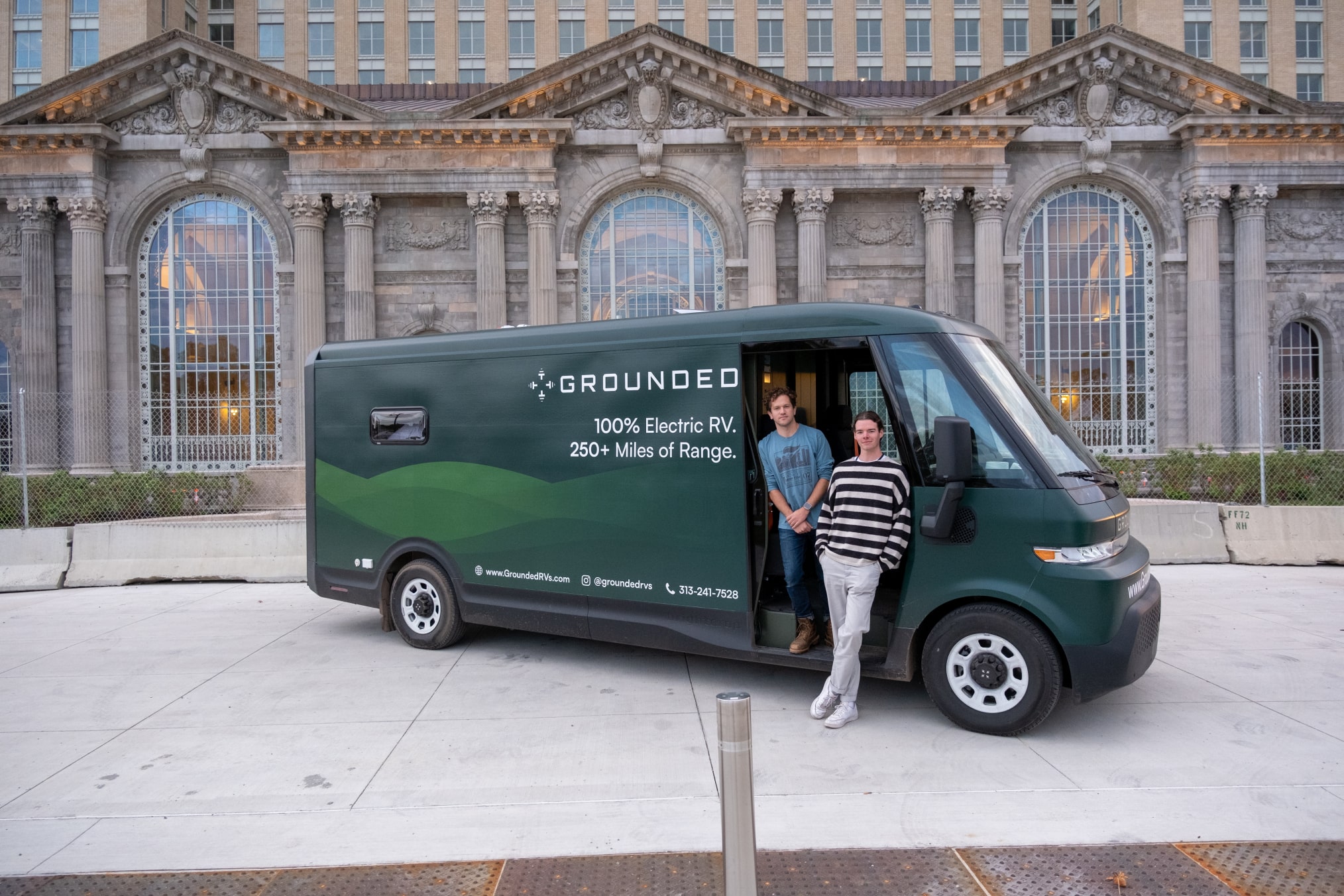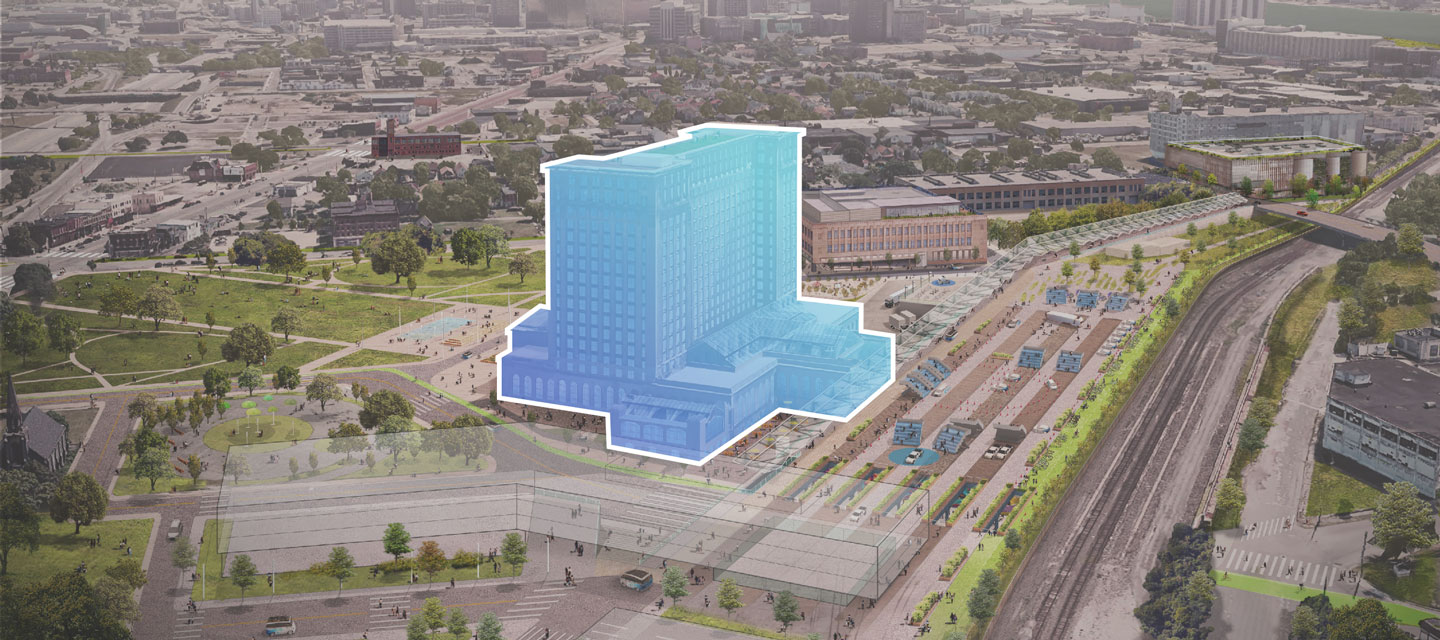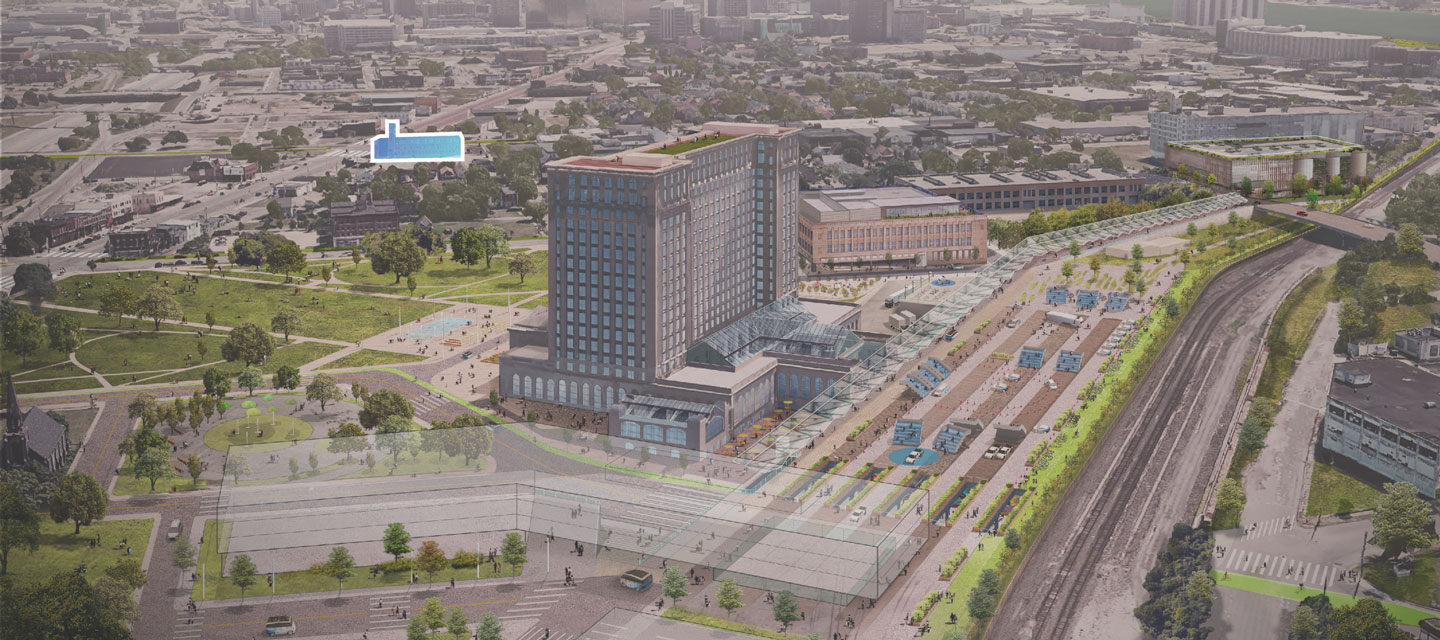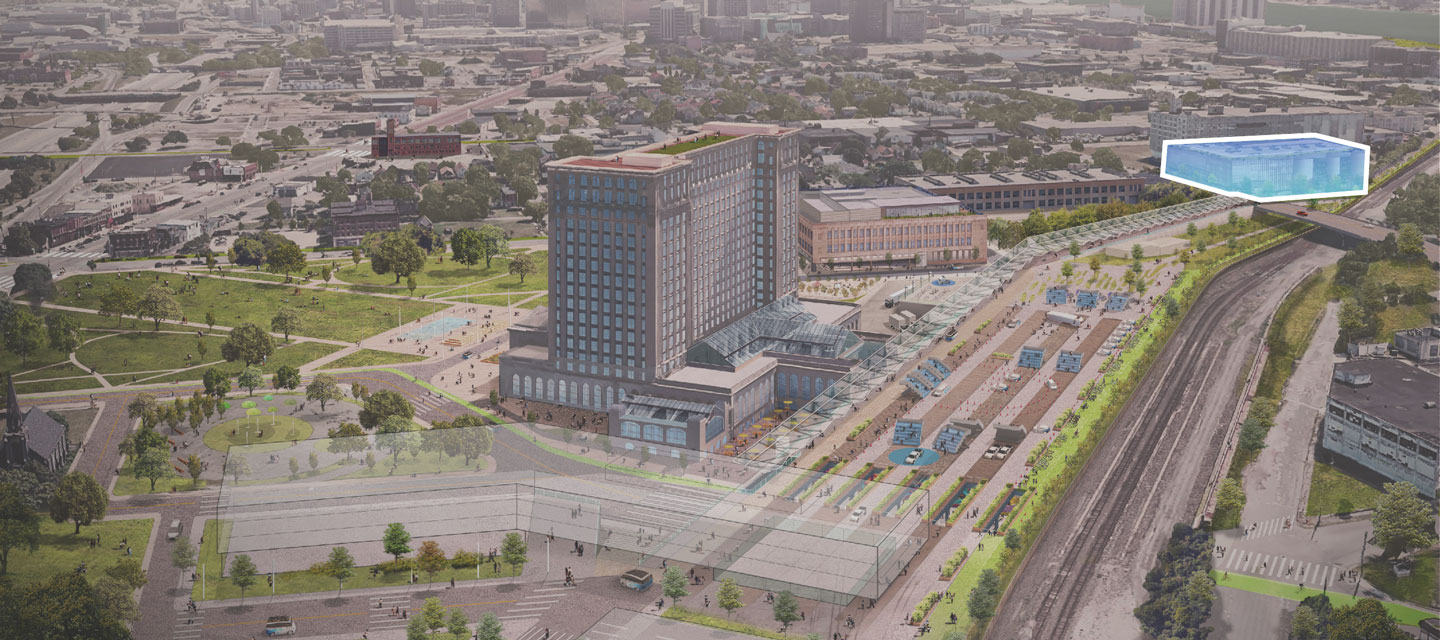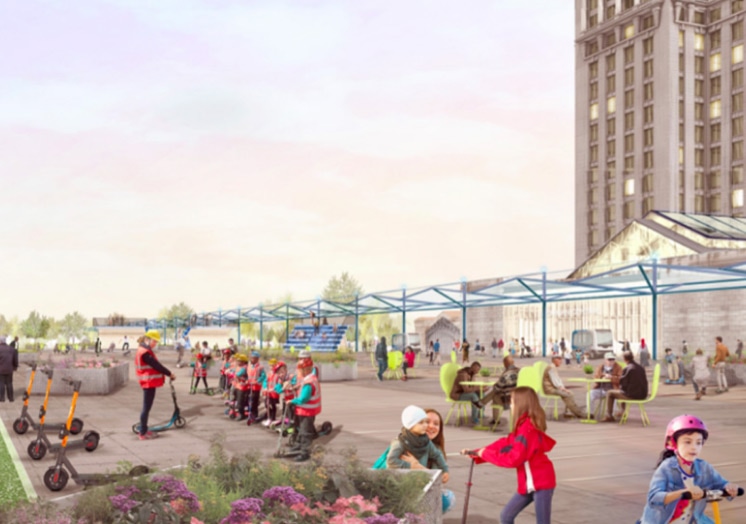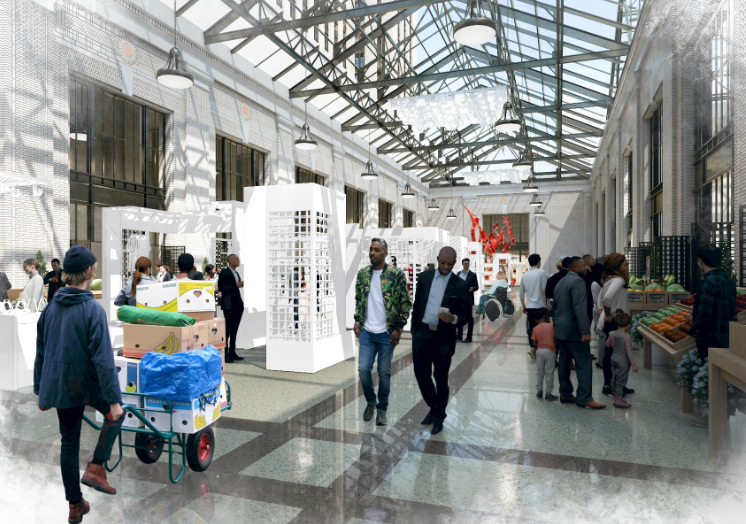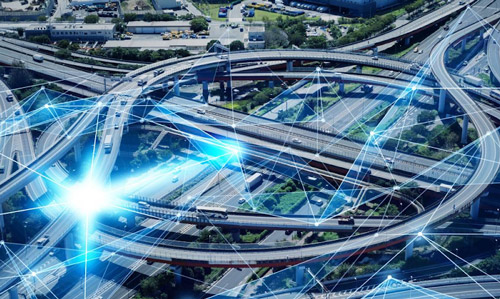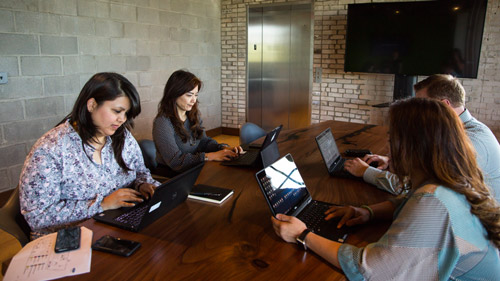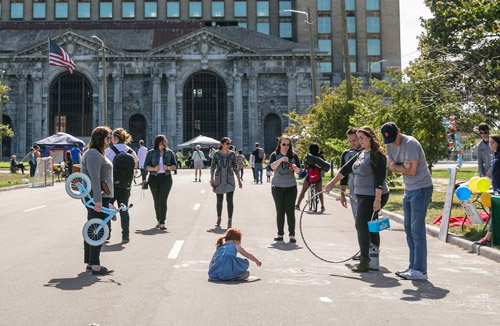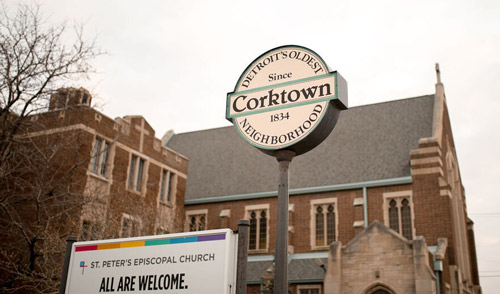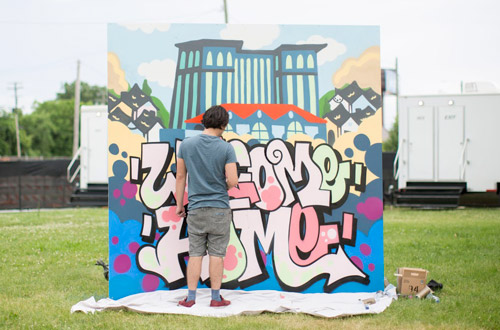What is Michigan Central?
Welcome to Michigan Central, a first-of-its-kind ecosystem combining Detroit’s rich history and its commitment to shaping the future of transportation worldwide to form a global hub for mobility innovation.
Anchored by a vibrant and inclusive 30-acre campus, this growing community serves as a powerful convening place and real-world test bed to build the urban transportation solutions that advance a more sustainable, equitable future. Featuring a state-of-the-art mobility hub, retail, multiple outdoor plazas, and 1.2 million square feet of commercial public space, Michigan Central aims to attract local and global visitors alike, spur economic development and jobs, and organize investment in new technologies.
Most well-known as the home of Michigan Central Station, the Michigan Central campus is much more than the revitalization of a historic building; we are reimagining the very concept of mobility for the 21st century. Our vision extends beyond the confines of Detroit, with initiatives and innovations developed here being used as models for urban centers around the globe.
From pioneering autonomous vehicle technology to implementing sustainable transportation solutions, the work being done at Michigan Central is setting the standard for mobility innovation worldwide. Collaborating with industry leaders, startups, and community stakeholders, we are driving forward initiatives that will shape the future of transportation and urban living for generations to come.
Our inclusive open platform brings together some of the brightest minds from around Detroit and around the world to cross-collaborate and address the many barriers to social, economic and physical mobility – because no one can solve these challenges alone.
Join us as we embark on this exciting journey to redefine mobility, not just for Detroit, but for cities around the world. Michigan Central is more than just a building; it is a beacon of innovation and a symbol of Detroit’s unwavering commitment to leading the way in mobility for the modern age.
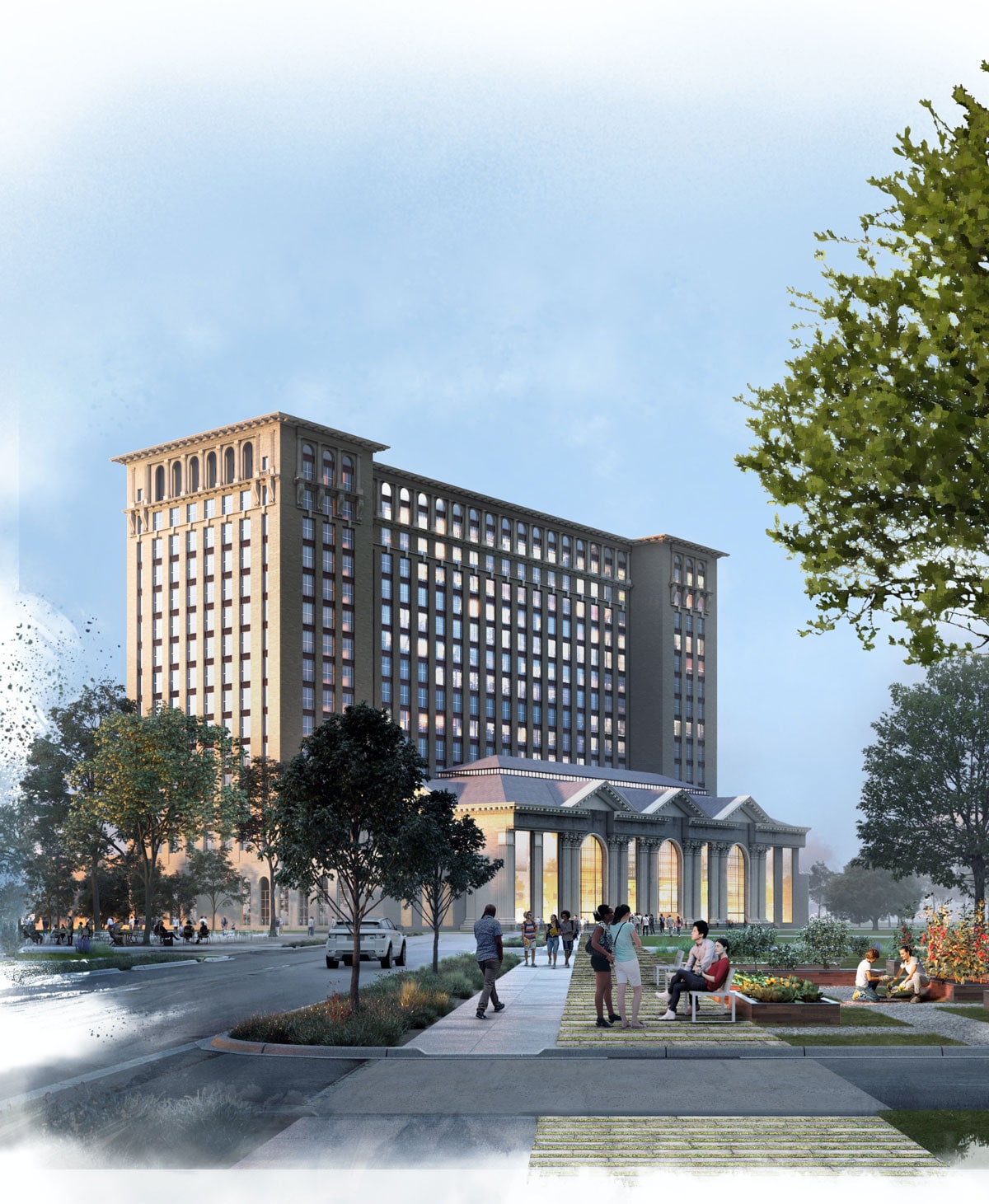
Key Spaces
The Work We Do
From pioneering autonomous vehicle technology to implementing sustainable transportation solutions, the work being done at Michigan Central is setting the standard for mobility innovation worldwide. Collaborating with industry leaders, startups, and community stakeholders, we are driving forward initiatives that will shape the future of transportation and urban living for generations to come.
The Work We Do
From pioneering autonomous vehicle technology to implementing sustainable transportation solutions, the work being done at Michigan Central is setting the standard for mobility innovation worldwide. Collaborating with industry leaders, startups, and community stakeholders, we are driving forward initiatives that will shape the future of transportation and urban living for generations to come.
-
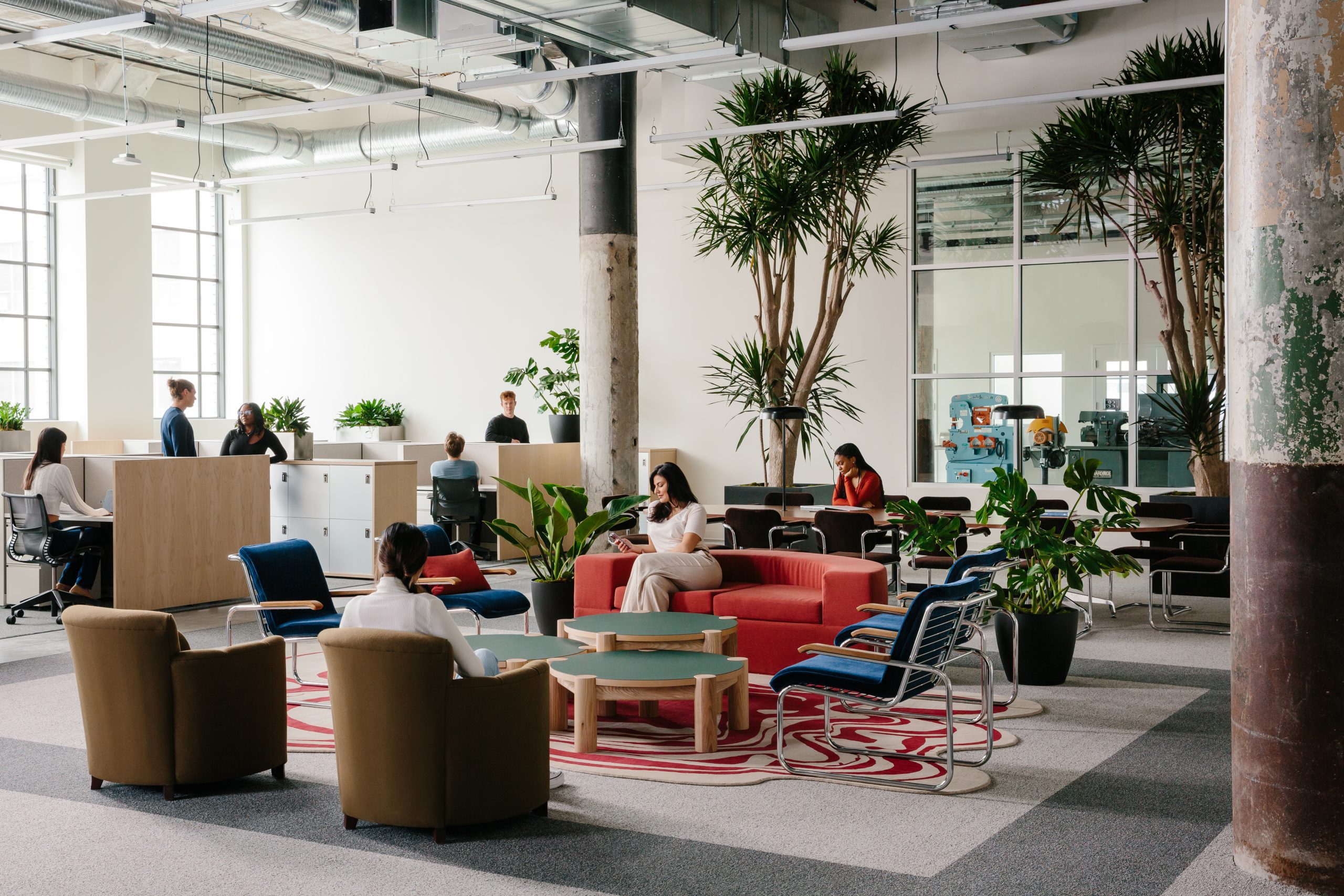
Making the Future a Reality
A first-of-its-kind mobility solutions testing platform
-
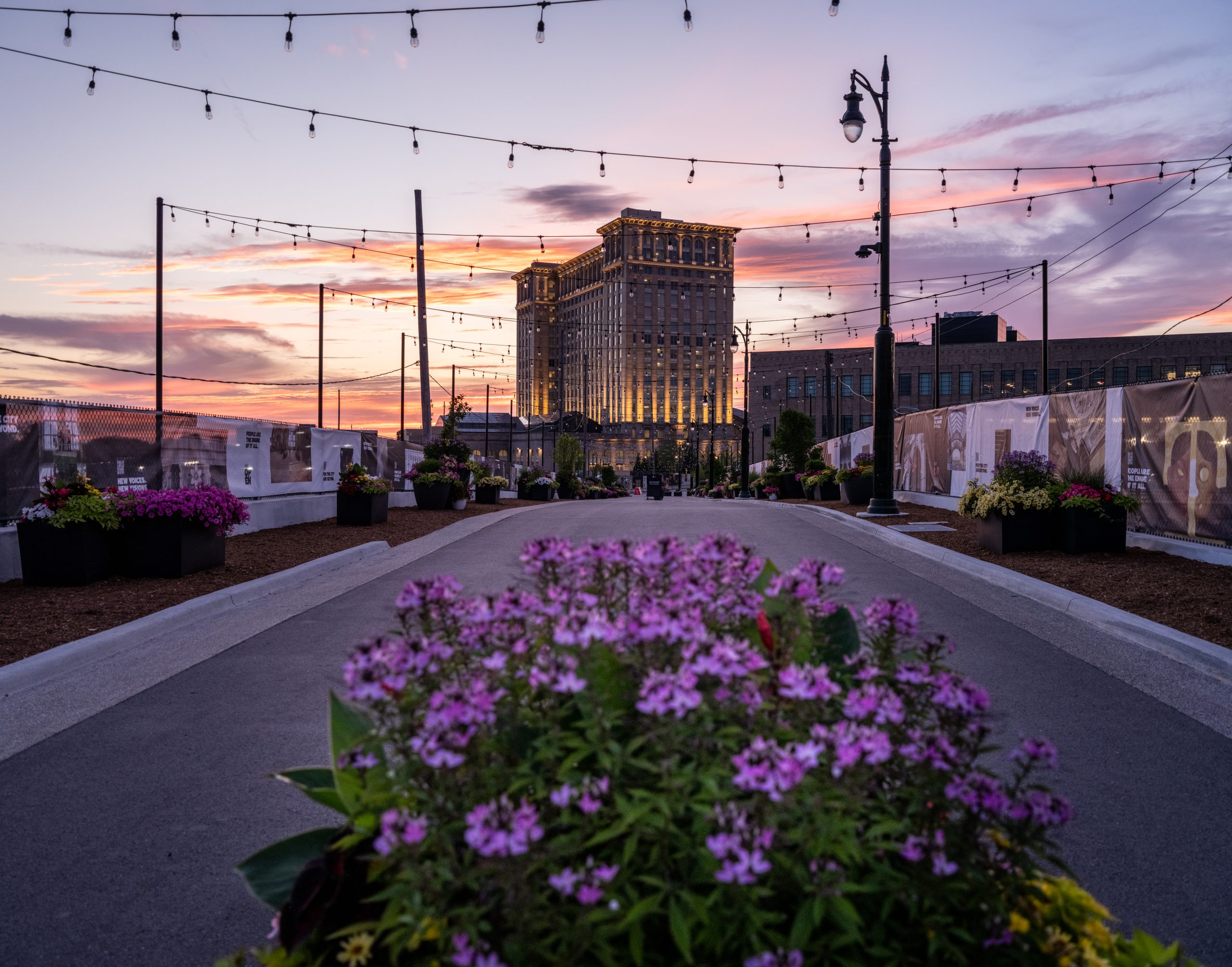
Revitalization of Commercial & Public Spaces
Retail, restaurants, hospitality, co-working, and public amenities
-
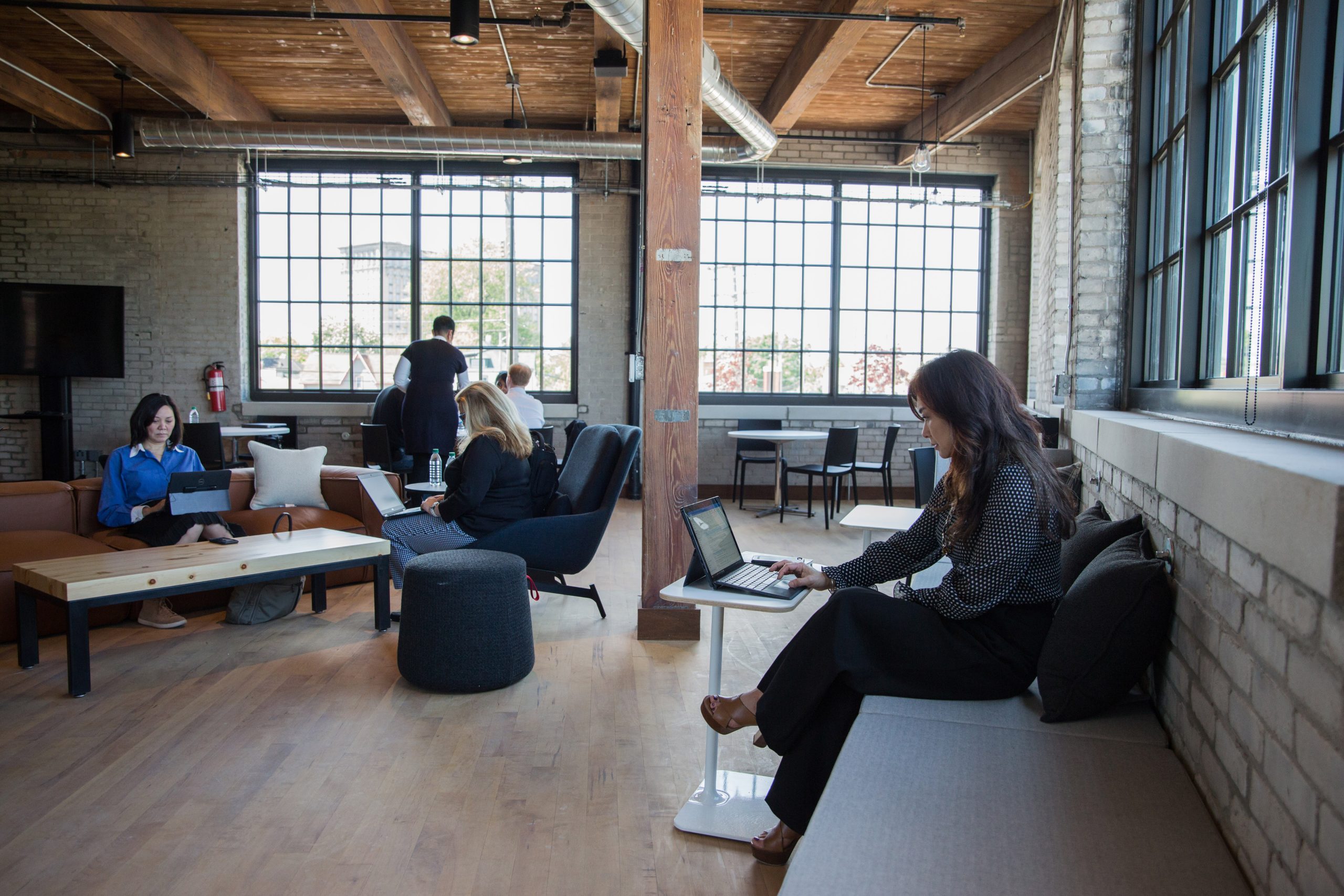
Work Space
Home to hundreds of companies in the Corktown and Southwest Detroit area
-
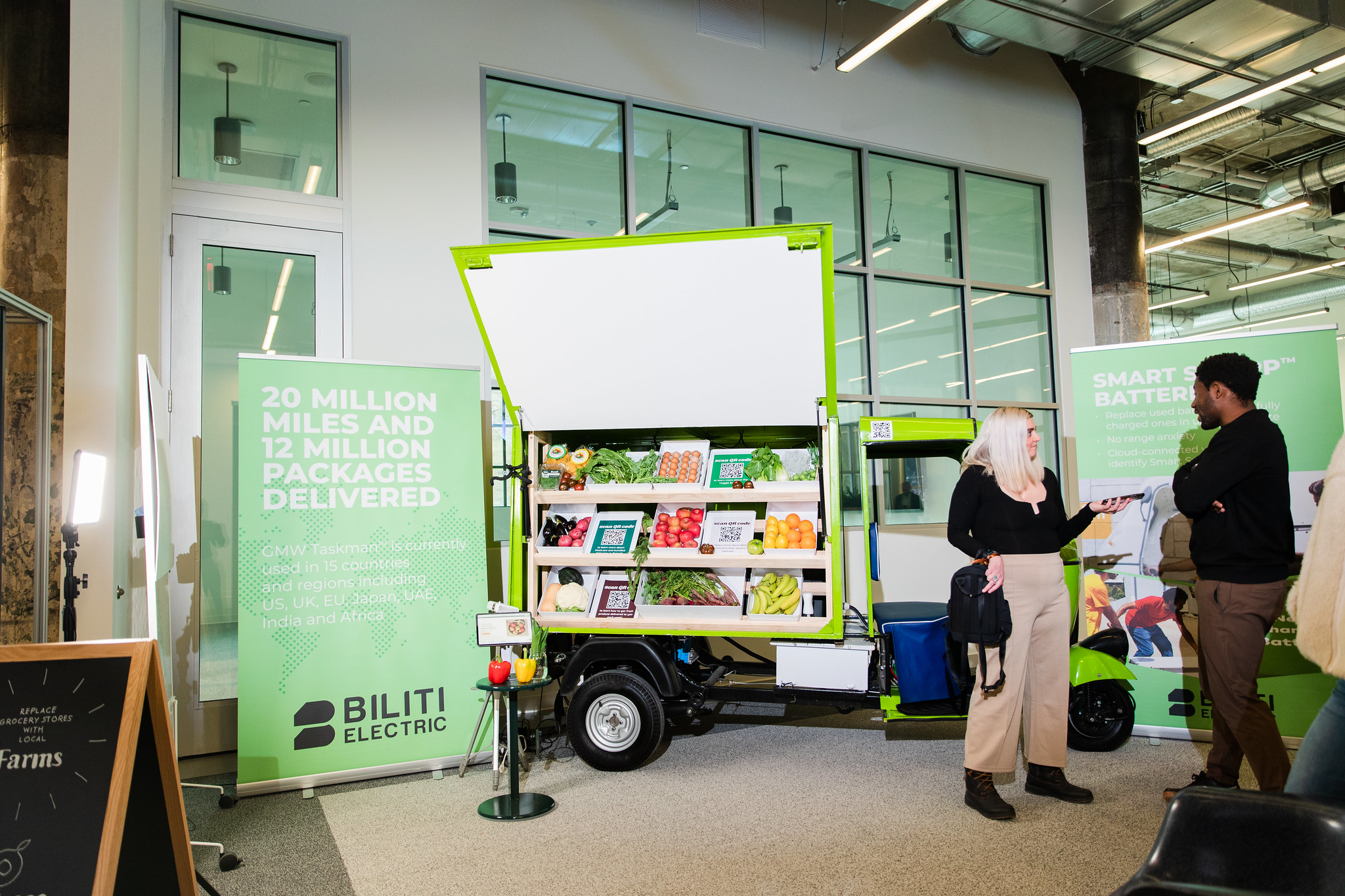
Entrepreneur Support
Supportive services for local entrepreneurs and artists at all stages
-
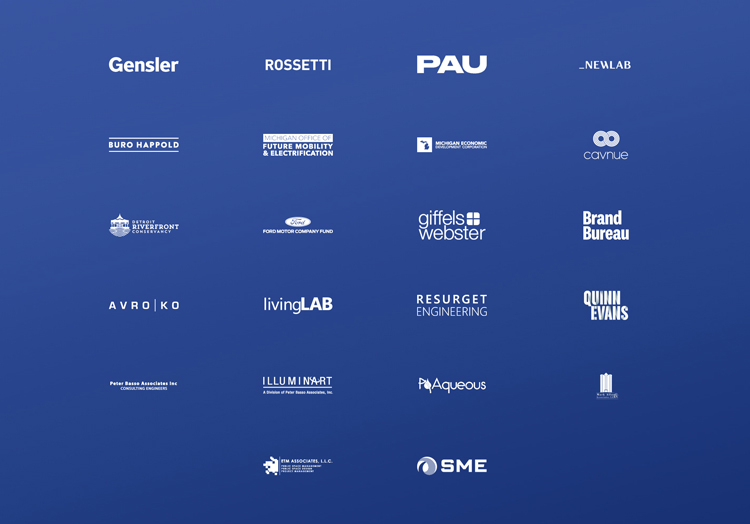
Open Platform
Forging cross-industry partnerships that will transform our collective future
-
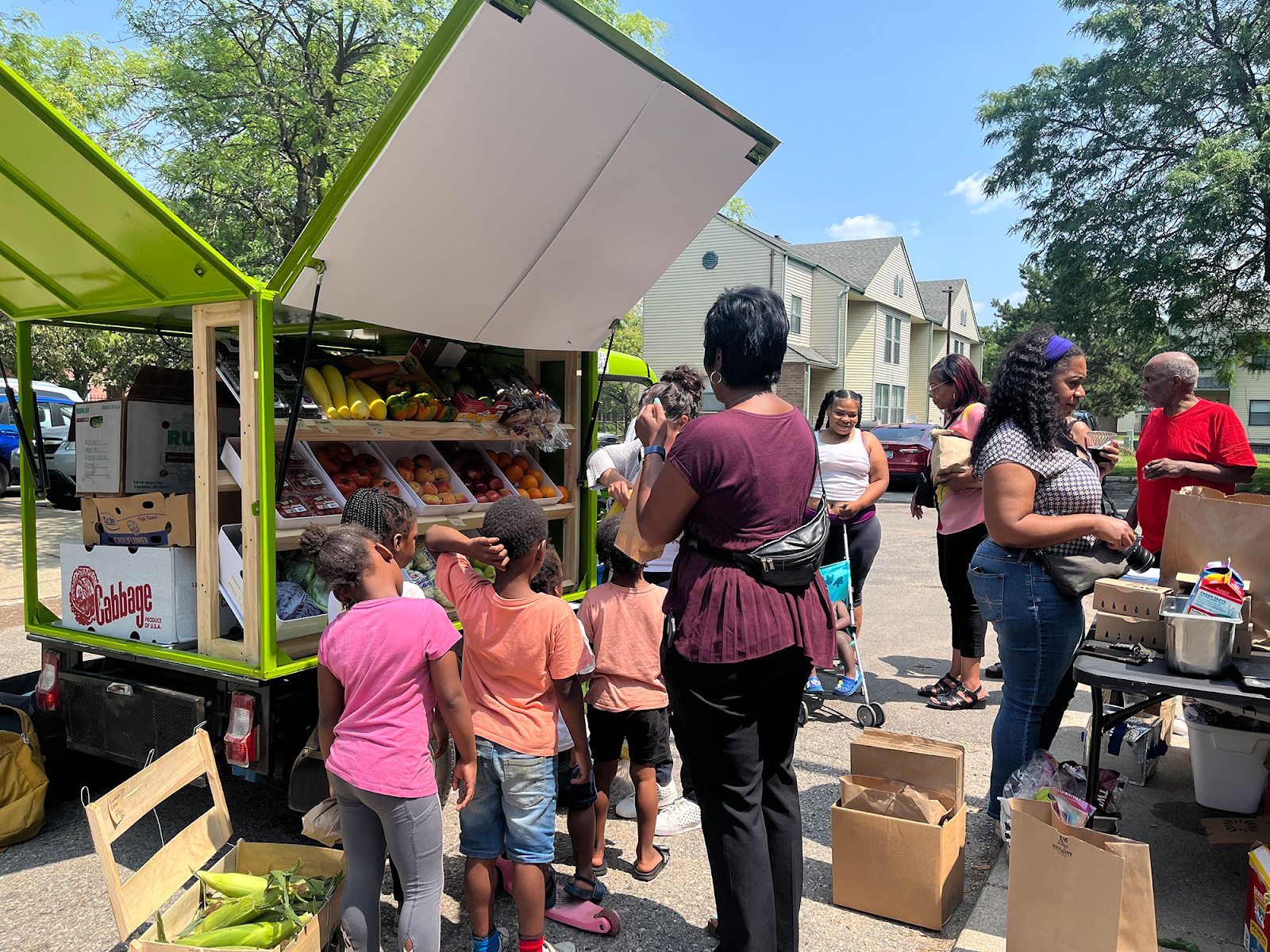
Community Partner
Supporting our neighbors through open dialogue, collaboration, and a community-first approach
The Future We Are Forging Together
The way we move is rapidly evolving, and the mobility systems that originally transformed cities are no longer the ones that will move them forward. Our communities need solutions that are not only new and innovative, but equitable and environmentally sustainable, to help people get around and lead better lives.
Michigan Central is the innovation hub at the center of that future.
Our inclusive open platform brings together some of the brightest minds from around Detroit and around the world to cross-collaborate and address the many barriers to social, economic and physical mobility – because no one company can solve these challenges alone. Together, we develop, test and create the products and solutions that will pave the way for a more connected, autonomous and electrified future.
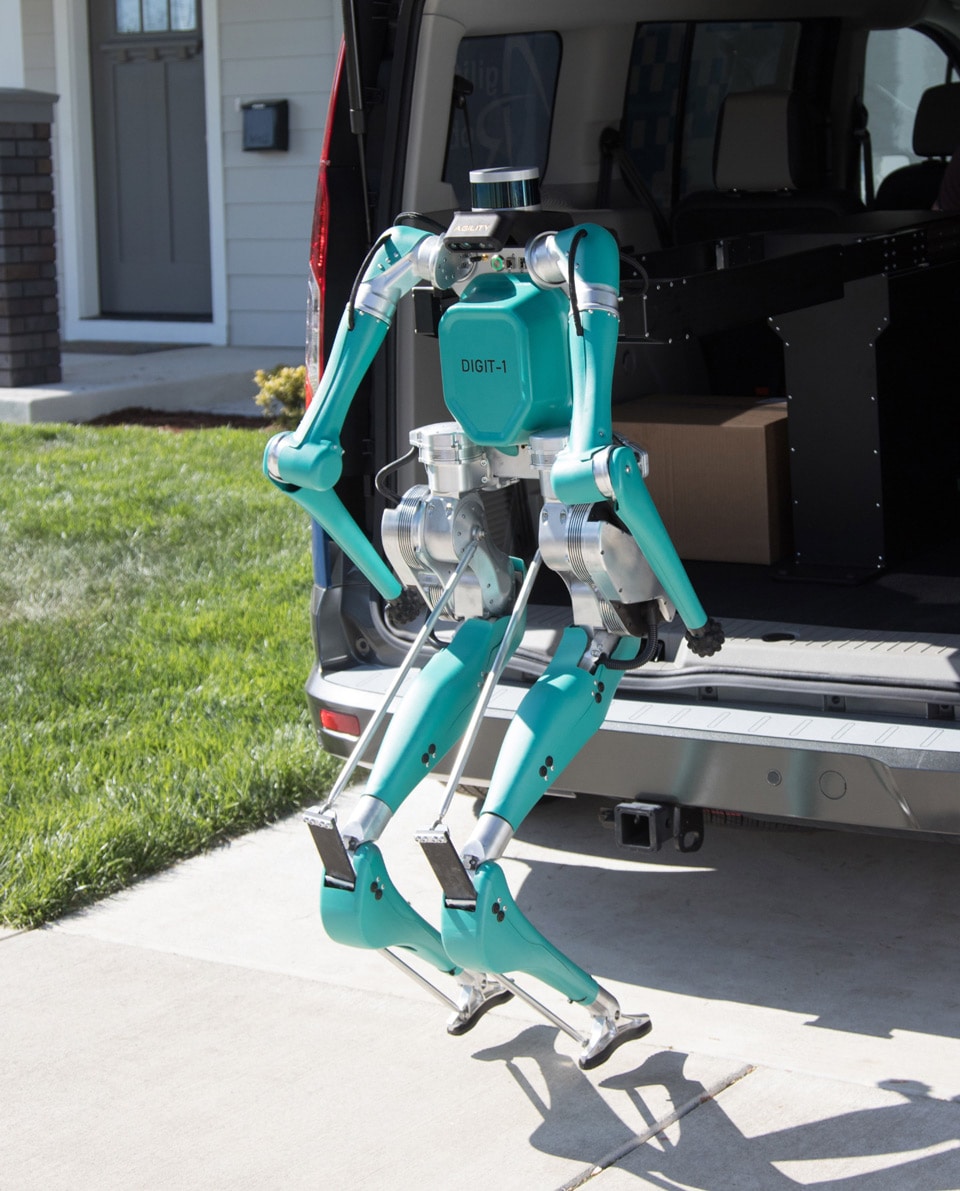
Guiding Principles
We are working closely with the Corktown and Southwest Detroit communities to honor our city’s rich history and vibrant culture.
These five Guiding Principles are at the forefront of all that we do:
Guiding Principles
We are working closely with the Corktown and Southwest Detroit communities to honor our city’s rich history and vibrant culture.
These five Guiding Principles are at the forefront of all that we do:
-

Build The Future of Mobility
Create, scale and showcase new technologies that are accessible, flexible, and provide greater options for better transportation for all.
-
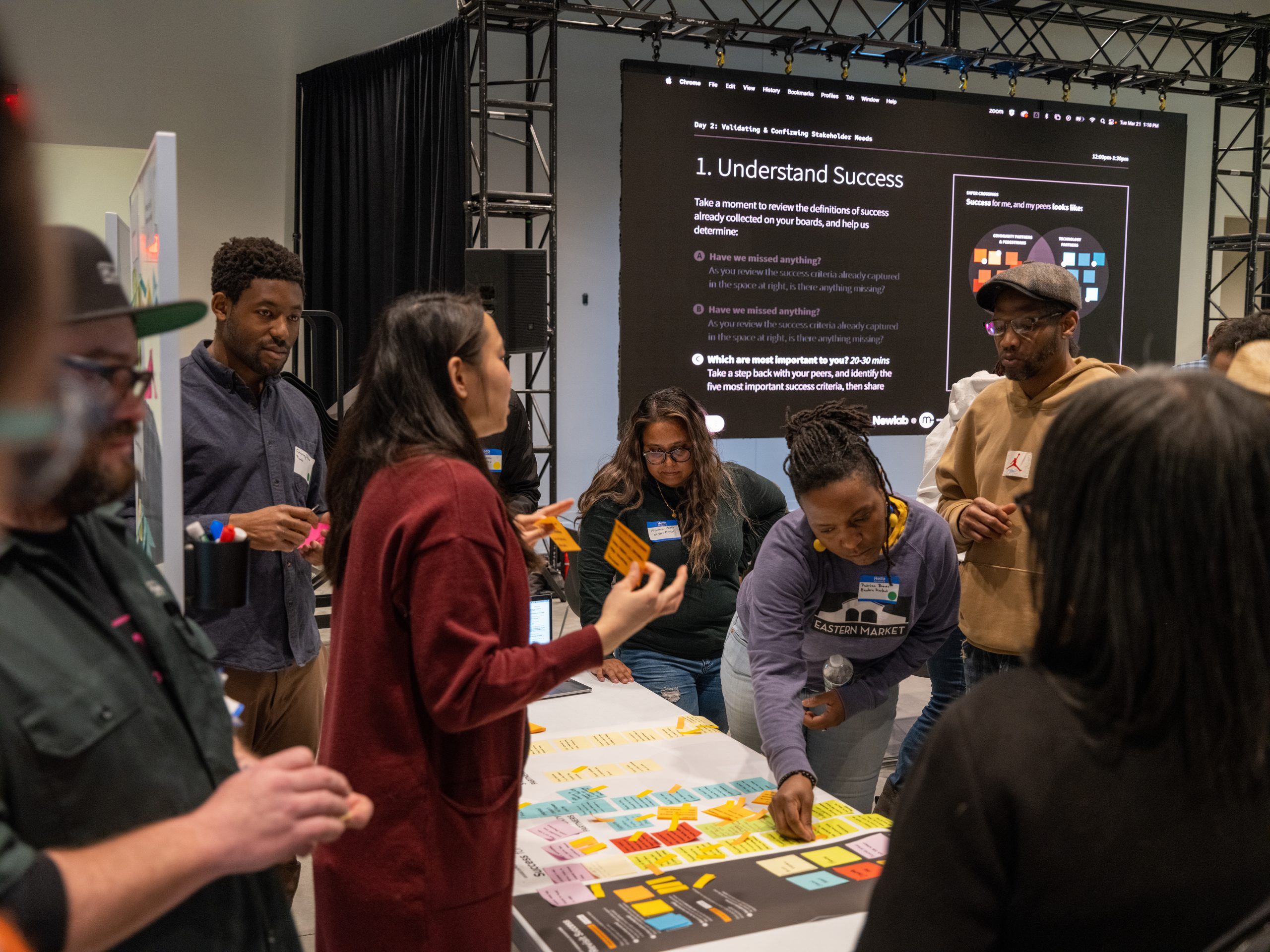
Foster Innovation
Promote interactions between people, businesses, and ideas.
-
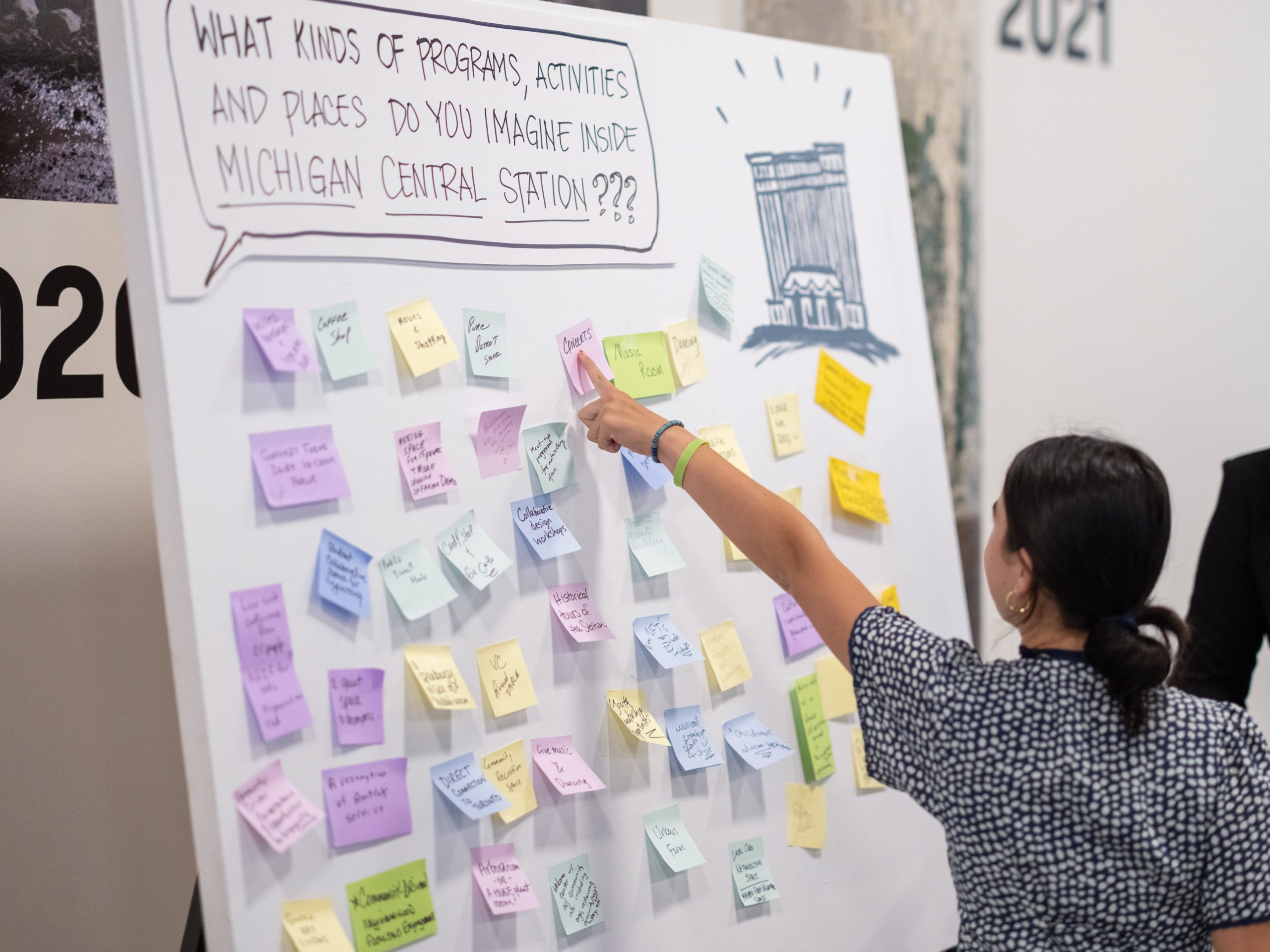
Create an Inclusive and Authentic Place
Develop a space that is authentically Detroit, invites in the community, and supports diverse and equitable uses.
-
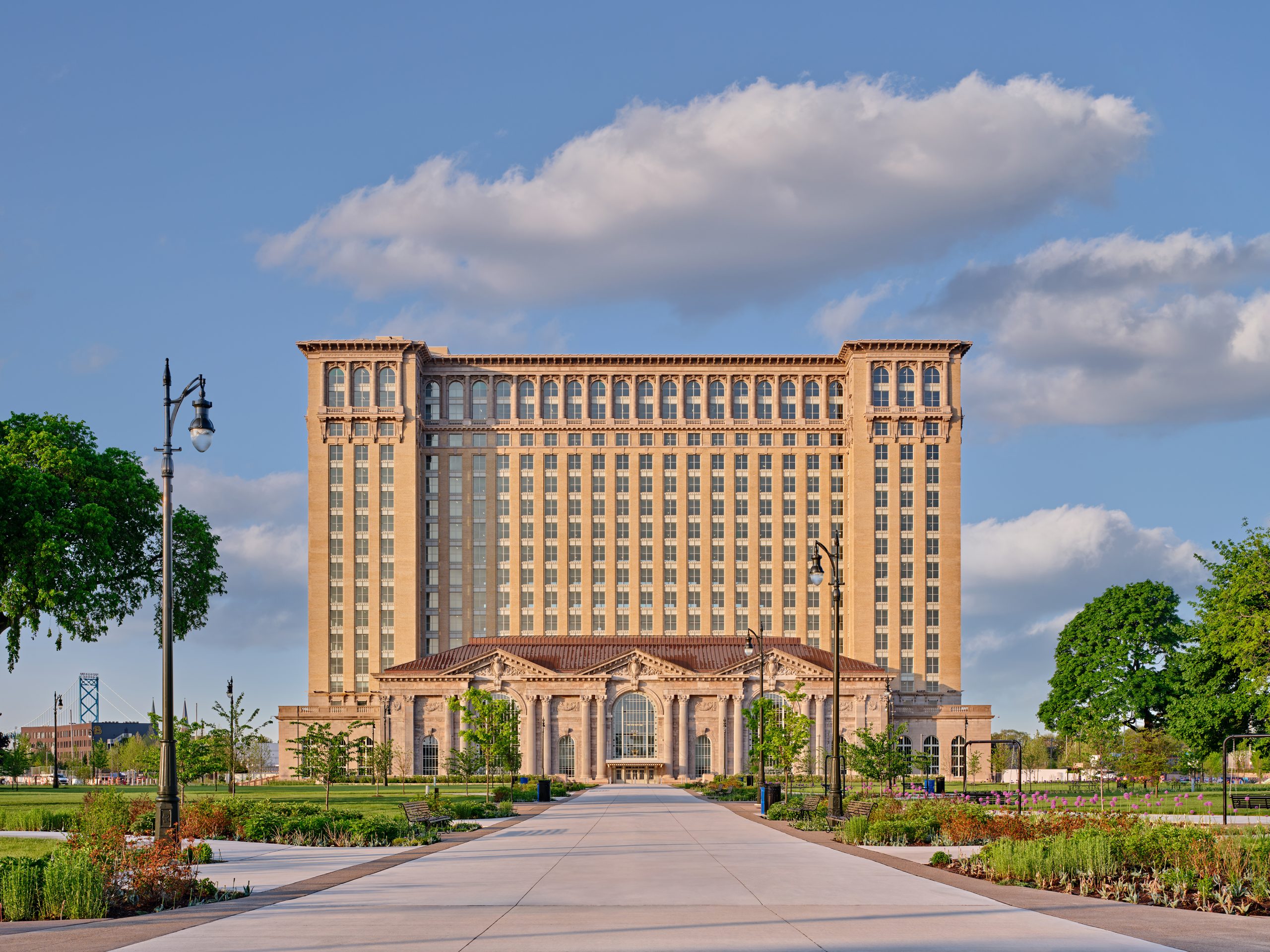
Celebrate Heritage and Legacy
Preserve the area’s unique character and historic structures while introducing new forms that respect local heritage.
-

Make Decisions That Improve Equity
Foster partnerships that deliver greater opportunity, environmental sustainability, and vitality to the area.
Sustainability
With climate change a growing threat, one thing is clear: We need to do things differently. That means creating a more sustainable world — and technology, smart choices, and creative collaboration can help get us there.
At Michigan Central, we are:
- Prioritizing sustainable restorations over new construction
- Creating new public green spaces
- Integrating green infrastructure into our landscape and building designs
- Helping to accelerate electrification
- Supporting the development of new sustainable transportation technologies
